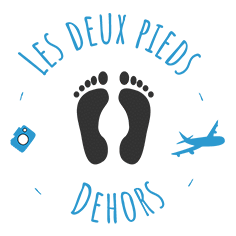What to Do in Montreal: Our Comprehensive Guide
Last update: 05/11/2024
Our blog continues to grow thanks to you, our readers. This post may contain affiliate links, which means we can earn a small commission if you make a purchase through them, at no extra cost to you. This helps us to continue to bring you more and support our work!
Sylvain has already shared his experiences in North America, specifically Canada, during his stay in Banff National Park. Today, it’s my turn to guide you through Quebec’s capital and provide recommendations on what to do in Montreal!
Having lived the Montreal lifestyle for five years now (yes, I survived five winters!), I’ve created this guide to give you a comprehensive overview of the must-see attractions and activities when you visit Montreal. While it’s not an exhaustive list, it highlights the key attractions in each neighborhood from my perspective. I hope you enjoy reading it and feel inspired to come and visit!
If you’re in the area, a whale watching trip to Tadoussac is an absolute must. It promises a truly remarkable experience!
Exploring Montreal's Neighborhoods: A Walking Tour
To make the most of your visit to Montreal, I have organized the must-do activities based on each neighborhood. You can easily access each neighborhood by taking the metro and then exploring on foot.
Old port (Le Vieux-Port)
Start your Montreal adventure in the Old Port. If you’re not in the area, hop on the metro and disembark at Champ-de-Mars. From there, walk towards the St. Lawrence River where the Old Port awaits. You’ll discover a Ferris wheel offering panoramic views of the city center, converted shipping containers housing unique shops, and even a cable car. Take a leisurely stroll along the Quai de l’horloge and take in the breathtaking sight of the river and the Jacques Cartier Bridge from the Clock Tower. During the summer, you can even unwind on the beach and relax under colorful parasols.
For a different perspective, you can explore the river by taking a cruise or opting for a thrilling speedboat experience known as “saute-moutons.” There are several renowned cruises available on the St. Lawrence River:
- Enjoy a cruise aboard the Cavalier Maxim,
- Experience a brunch cruise,
- Indulge in a 5-course meal cruise !
Head west to Berge des Coursiers, a historic site in Montreal where ships entered the Lachine Canal through locks. The Montréal Science Centre offers interactive activities for the whole family, while the Spa Bota Bota, a former ferry transformed into a luxury spa, provides a relaxing experience with stunning city views. Isn’t that quite unique?
Lastly, I recommend heading south from the Old Port. Along the way, you’ll discover the new Grand Quai de Montréal observation tower, set to be inaugurated in May 2023. It offers a clear panoramic view of the city and the river. As you walk along the tower’s 50-meter-high glass floor, you might feel a slight chill. Don’t miss the guided tour of Habitat 67, a collection of buildings constructed in the 1960s for the 1967 World’s Fair. It’s definitely worth a visit and perfect for Instagram photos. Also, keep an eye out for the iconic neon sign of the FIVE ROSES flour mill, which adorns many souvenirs. If you prefer, you can take a guided bike tour of the entire Old Port area.
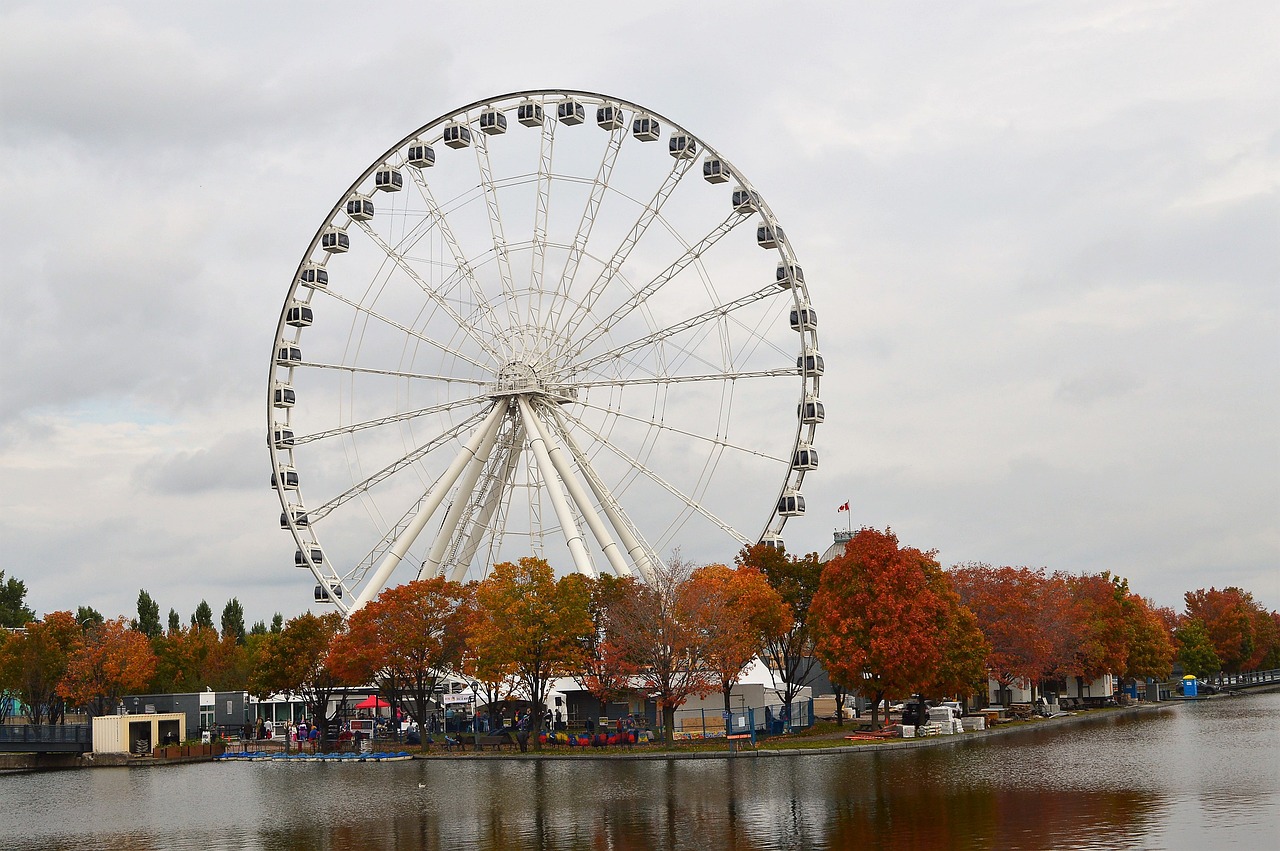
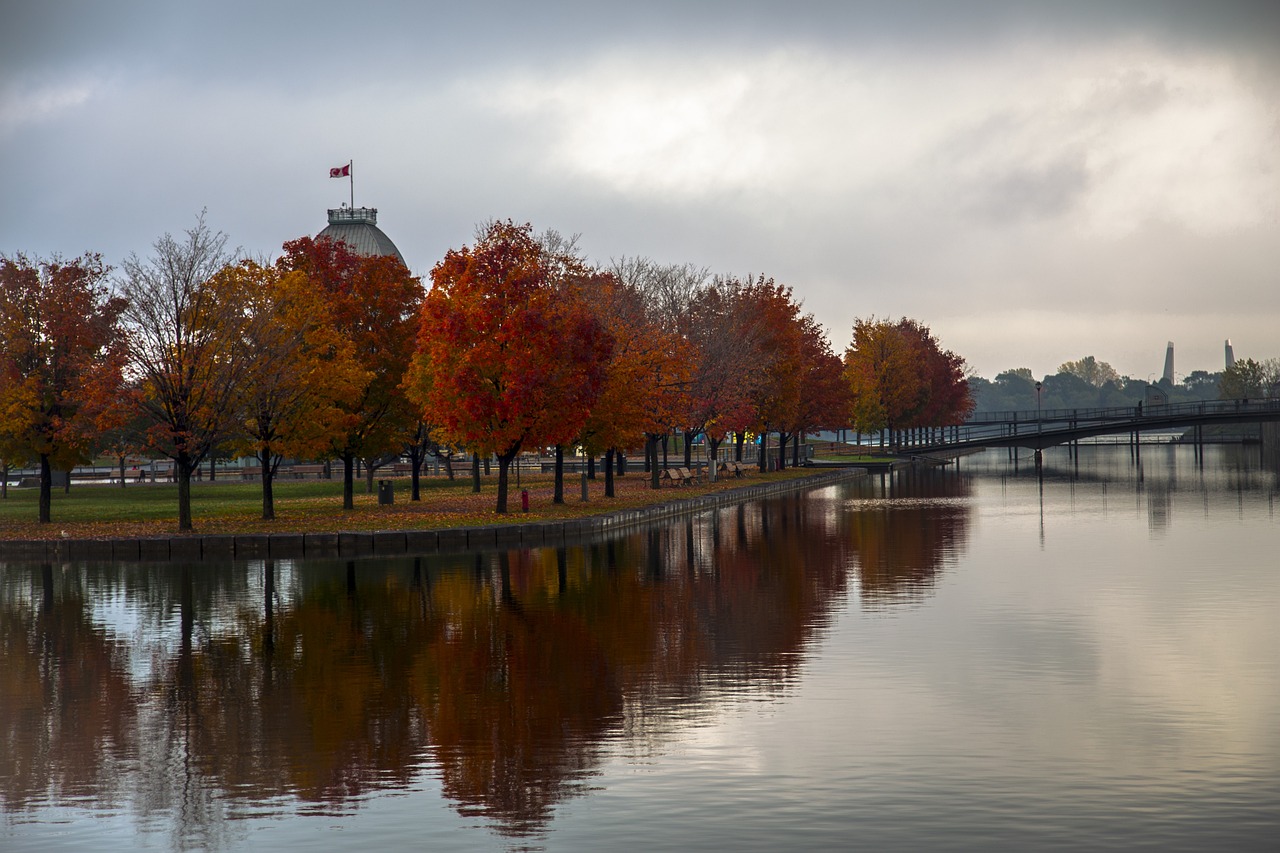
Old Montreal
One of the best places to visit in Montreal is Old Montreal. When you step out of the Champ-de-Mars subway station, you’ll find yourself in the heart of Old Montreal. Take a break at Champ-de-Mars, explore City Hall, and stroll around Place Jacques Cartier. This place is named after the French navigator Jacques Cartier, who was the first European to sail up the St. Lawrence River to Montreal. Enjoy a meal at one of the many restaurants or take your time to wander through the old town’s charming cobbled streets. Don’t miss the Bonsecours Market with its art and souvenir shops, and make sure to visit Château Ramezay and its museum. If you want to learn more, consider joining a guided walking tour of Old Montreal.
As you continue heading west, I recommend making a stop at the Pointe-à-Callières Museum, dedicated to Montreal’s history and archaeology. Another must-see is the Notre Dame de Montréal Basilica, a true icon of Old Montreal and a treasure trove of Quebec heritage. For Instagram enthusiasts, the Montreal World Trade Centre, located on the edge of Old Montreal, offers stunning interior architecture perfect for capturing great photos. Lastly, if you’re up for a thrilling experience, try the ghost tour of Montreal to uncover its secrets.
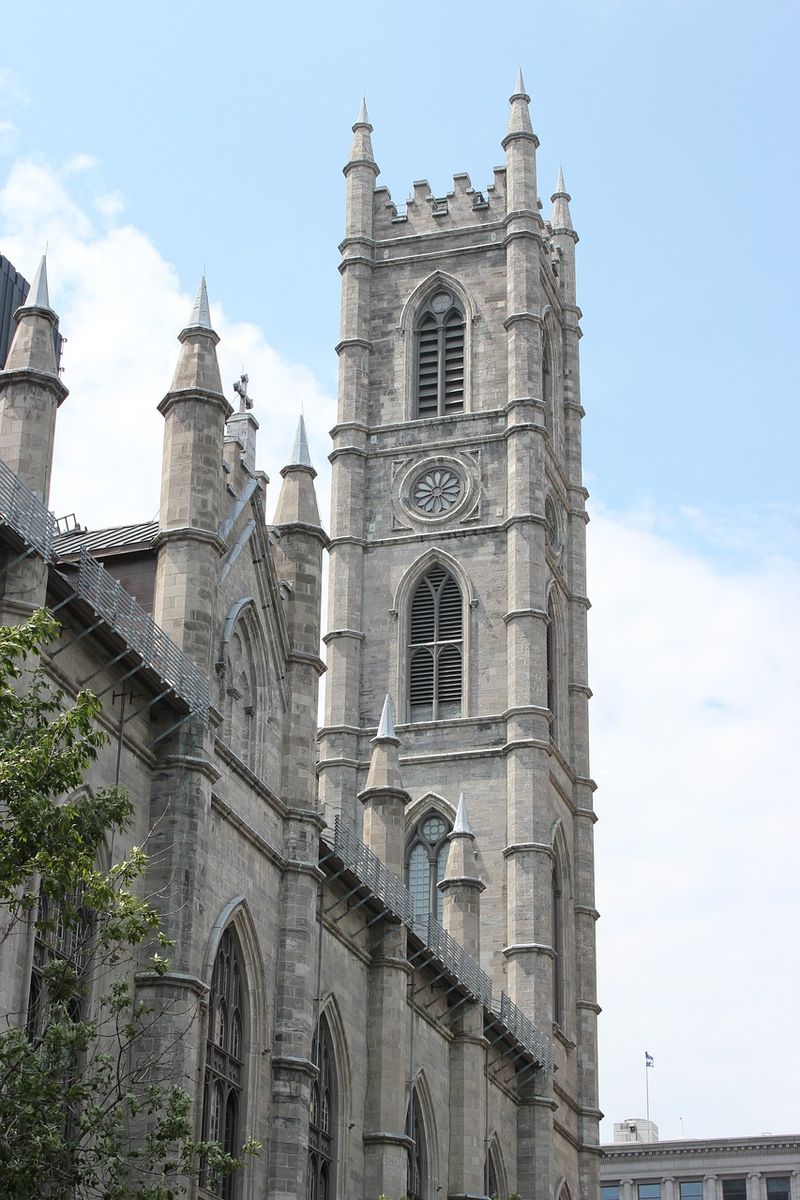


Plateau Mont Royal
The “French” district, but still my favorite. Simply exit at Mont Royal station and you’ll find yourself in the heart of this vibrant neighborhood. It’s filled with charm, thanks to its colorful architecture, local boutiques, vintage shops, and cozy cafes perfect for brunch. But before you start exploring, head to Mount Royal. You can either take a leisurely walk for the adventurous or catch bus #97 for a more relaxed journey. Mount Royal is one of Montreal’s most iconic landmarks, often referred to as the “mountain.” It serves as the city’s green oasis, offering a variety of hiking trails, breathtaking viewpoints of the city center and its towering skyscrapers, an illuminated cross at night, and Beaver Lake.
During winter, Mount Royal provides a diverse range of activities, including:
- Guided hikes with crampons for bird watching,
- Nighttime snowshoeing excursions
- Snowshoe treks and wildlife puzzles in the park
- Electric bike rides for climbing Mount Royal
Moreover, every Sunday in the summer, you can join a lively gathering of drummers and dancers around the monument dedicated to Sir George-Étienne Cartier. It’s a fantastic opportunity to enjoy open-air festivities or simply savor the moment. The Plateau is also home to several parks, such as Parc Laurier, Parc Lafontaine, and Parc Jeanne Mance, where locals flock to relax as soon as the sun shines. These parks are buzzing with games, barbecues, music, and picnics on weekends, creating a true sense of joy and liveliness.

Little Italy and its unique ambiance
The atmosphere in this neighborhood is distinct, as it holds significant historical importance as Montreal’s Italian community hub. It radiates a serene lifestyle known as “la dolce vita.” Little Italy, accessible from Beaubien or Jean-Talon subway stations, is renowned for its gourmet scene, featuring vintage cafes, Italian markets, pizzerias, and traditional bakeries. I highly recommend a visit to the bustling Jean-Talon market, where you can find an array of stalls offering flowers, fruits, vegetables, local produce, and hot meals throughout the year. As you can imagine, this area allows you to savor delightful flavors, wander around, and engage in conversations with locals who often gather outside, leaning against the café facades. It’s all about embracing the joys of life!
Downtown area
With its towering skyscrapers, you might mistake this city for New York. It’s easily accessible via the Peel or McGill subway stations and exudes a vibrant and energetic atmosphere. While all the major companies have a presence here, you can also indulge in window shopping along Rue Sainte-Catherine and explore some of Montreal’s renowned museums, including the Montreal Museum of Fine Arts, McCord Museum, and Barbie Expo. Adding to the city’s allure is the latest attraction, The Ring, which was inaugurated in 2022. Amidst the modern landscape, you’ll also encounter a captivating blend of historic structures such as Windsor Station, McGill University (affectionately known as the “Little Harvard”), and various ancient churches that serve as guardians of Montreal’s rich history. For a dynamic experience, the Palais des Congrès, with its vibrant façade, and the Quartier des spectacles take center stage throughout both winter and summer. Here, you’ll find a plethora of festivals, exhibitions, conferences, and galas.
If you’re a fan of shopping, don’t miss the chance to explore the sprawling ‘underground city.’ Descend into the depths and wander through its numerous shopping centers like Complexe Desjardins, Eaton Centre, Cours Mont Royal, Place Ville Marie, Place Montréal Trust, Promenades Cathédrales, and Windsor Station. And when hunger strikes, be sure to visit the diverse food courts, including the popular Time-Out. Be prepared for a comfortable stroll as you traverse more than 32 kilometers of tunnels, covering a total area of 3.6 square kilometers. Remarkably, nearly 183 million people utilize this underground network each year. Montreal’s ‘underground city’ is undoubtedly a must-visit during your stay.

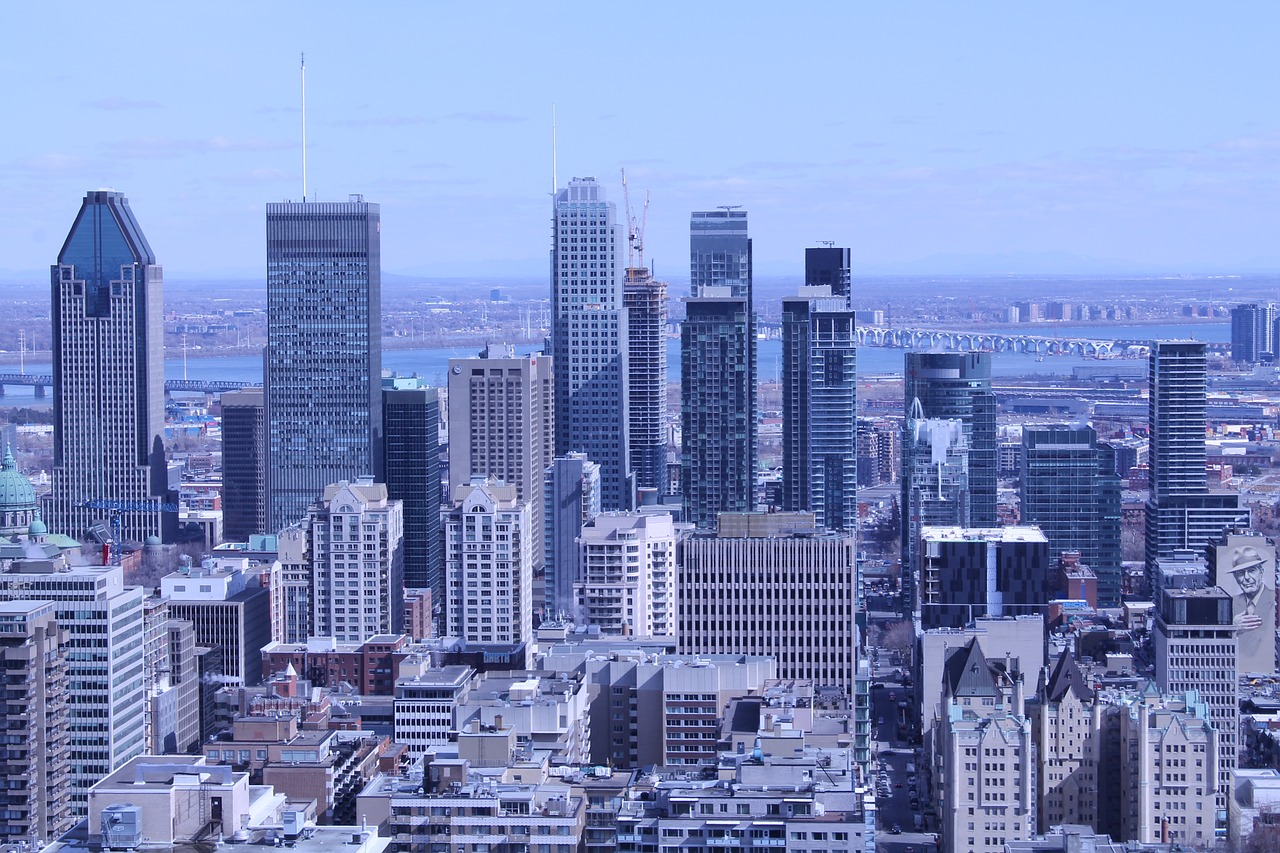
Mile End
This neighborhood is considered the trendiest in Montreal. It has a multicultural, artsy, and slightly hipster vibe. A walk along Boulevard Saint-Laurent will take you from bagel shops like Saint-Viateur and Fairmount Bagel to Greek restaurants, from cozy brunch cafes to elegant dining establishments and cocktail bars, from independent boutiques selling records and books to thrift shops stocked with vintage clothing. It’s a youthful area where video game studios and art galleries have established themselves. The neighborhood is vibrant day and night, offering a wide range of activities.
Rosemont area (including Petite Patrie and Nouveau Rosemont)
It’s a central hub connecting various districts, such as Little Italy and Mile End, and I believe it’s important to mention it because of its abundant offerings. My favorite part is around rue d’Iberville and Beaubien. I appreciate this area because it has a similar atmosphere to the Plateau. You can visit the picturesque Beaubien cinema, Molson Park, and numerous charming shops and restaurants where you can take a break. However, if you venture east from Rosemont, you’ll also discover the Olympic Park with its stadium, sports facilities, and observation tower, the Saputo Stadium hosting the football club CF de Montréal, the Botanical Gardens, the expansive Maisonneuve Park, and the Montreal Biodome. In the summer, the area hosts numerous festivals and events. One of my personal favorites is the monthly gathering of food trucks. As you’re getting to know me, you’ll realize that food is everything to me!

Chinatown
Surrounded by large paifangs on all four corners and easily accessible from the Places d’Armes metro station, Montreal’s Chinatown was established in the early 1890s. Taking a leisurely walk through this district offers a refreshing change of scenery, with shop fronts adorned with Chinese characters. The heart of the neighborhood is the pedestrian area on Rue de la Gauchetière and Place Sun Yat Sen, where most events such as street fairs and festivals take place. Visitors also flock here to satisfy their appetites at the numerous affordable restaurants, patisseries, and boutiques. Even dishes unfamiliar to Europeans come at a reasonable price.
The ``Gay Village``
Located in a vibrant and bustling area centered around rue Sainte-Catherine (Papineau or Beaudry metro stations), the “Gay Village” truly comes alive in the evenings. If you’re in the mood to party, this is the place to be. You’ll discover a wide range of entertainment options, including nightclubs, karaoke bars, venues with nude dancing, unique boutiques, cabarets (including the renowned Cabaret Mado), the Olympia Theatre, and an abundance of restaurants. During the summer, you can also indulge in the ephemeral beach, Le Village au pied du courant, which offers a fantastic view of the Jacques Cartier Bridge at night. Don’t miss the Montreal Fireworks Festival, known as “Grands Feux Loto-Québec,” the world’s largest and most prestigious pyrotechnics competition. It’s a trip that’s truly worthwhile!
Verdun
Verdun was recognized as one of the world’s coolest neighborhoods in 2020, securing the eleventh spot in Time Out magazine’s rankings. The selection criteria focused on factors like a captivating local culture, delightful cuisine, engaging entertainment, and a supportive and welcoming community. And indeed, Verdun has it all, particularly during the summer months when people embrace the outdoors. Take a leisurely stroll along the car-free Rue Wellington, relish delectable meals at the numerous restaurants, indulge in some window-shopping, and enjoy walking or biking along the scenic St. Lawrence River. You can also bask in the sun at Verdun Beach, try your hand at kayaking or surfing, or witness the skilled surfers riding the unceasing wave of the St. Lawrence rapids.
The Lachine Canal and Griffintown
Griffintown is a neighborhood in southwest Montreal, bordered by the Lachine Canal. This area has undergone significant changes and reflects the city’s industrial history. The architecture here combines converted red brick warehouses with modern and stylish buildings. One of the main highlights of Griffintown is its beautiful waterfront location. You can take a leisurely stroll or bike ride along the 13.5-kilometer cycle path that stretches between the Old Port and Lac Saint-Louis. To beat the heat, you can also cool off on the waterway and try out activities such as kayaking, pedal-boating (shaped like a swan), paddle-boarding, or dragon-boating. Make the most of your evening by spending your 5 à 7 in the lush city park and enjoying the various waterfront activities. If you’re feeling hungry, you can visit Atwater Market, a charming art deco public market that has been open since 1933. For those seeking adventure, consider climbing the old grain elevators in the neighborhood.
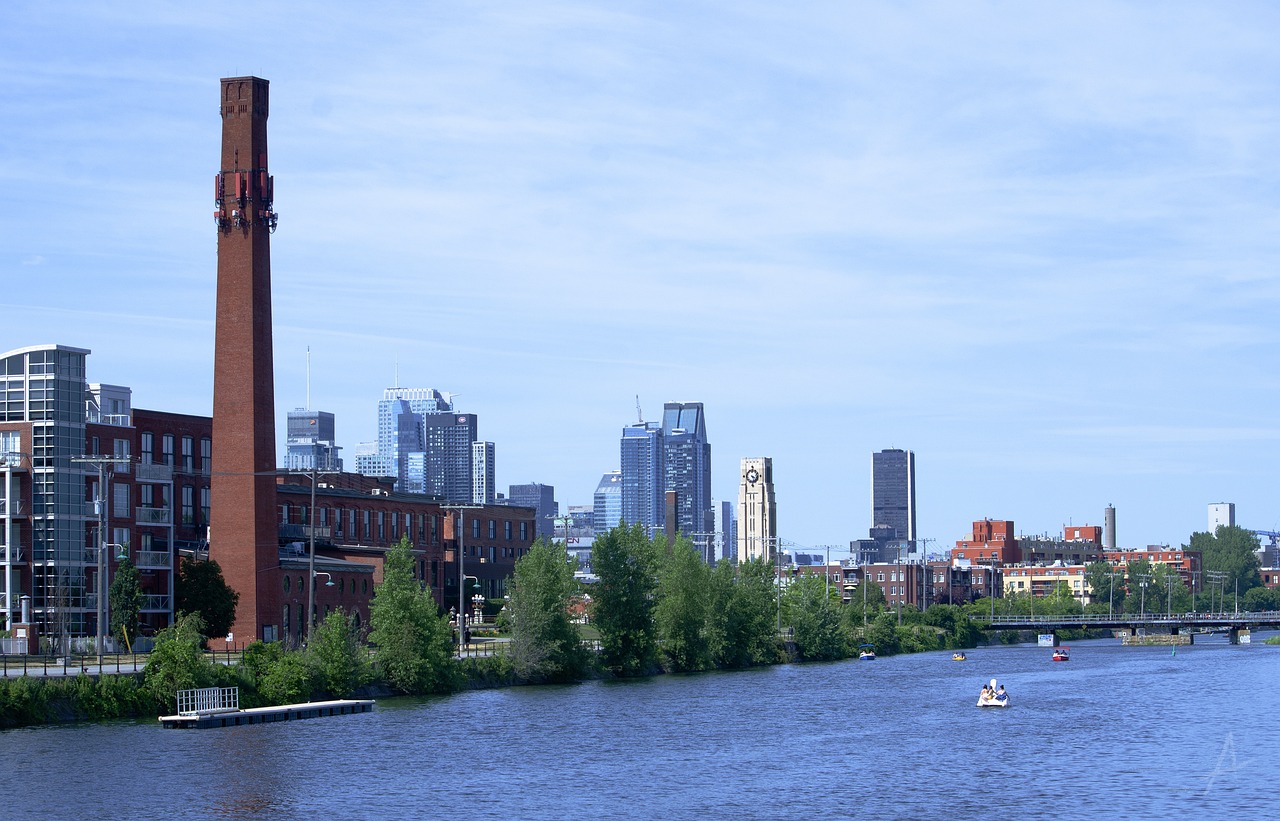
Outremont and Westmount
These are English-speaking neighborhoods, each with its own distinct character. Outremont is home to Montreal’s largest Assyrian Jewish community, and Westmount is the city’s most upscale neighborhood. If you have time, it’s worth strolling around these areas as they offer a unique atmosphere. You’ll encounter impressive mansions owned by celebrities and charming British-style red-brick homes. You can also explore designer boutiques, beautiful parks like Outremont and Saint-Viateur, and the historic Outremont Theatre, which hosts a diverse program of performing arts and cinema.
Côte des Neiges
Although not widely discussed in terms of tourism, Côte des Neiges is home to some noteworthy attractions that I believe are worth a visit. These include the Université de Montréal and the Oratoire Saint-Joseph (located near Sainte-Catherine metro station). The latter is a world-renowned Catholic pilgrimage site, featuring a magnificent basilica that offers a panoramic view of Montreal, making it an ideal spot to watch the sunset. On a different note, you can also explore the unique Holocaust Museum. It is the only one of its kind in Canada, open to the public, and presents the history and life of Jewish communities before, during, and after the Holocaust.
If you’re feeling hungry, make sure to stop by the Gibeau Orange Julep. This iconic orange-shaped restaurant is famous and highly Instagrammable. They serve hot dogs, creamy orange drinks, and chips to go (although I’m not personally a fan of orange soda, it holds a special place in the hearts of Quebecers). Additionally, the area offers a wide range of trendy cafes and ethnic restaurants to cater to various tastes.
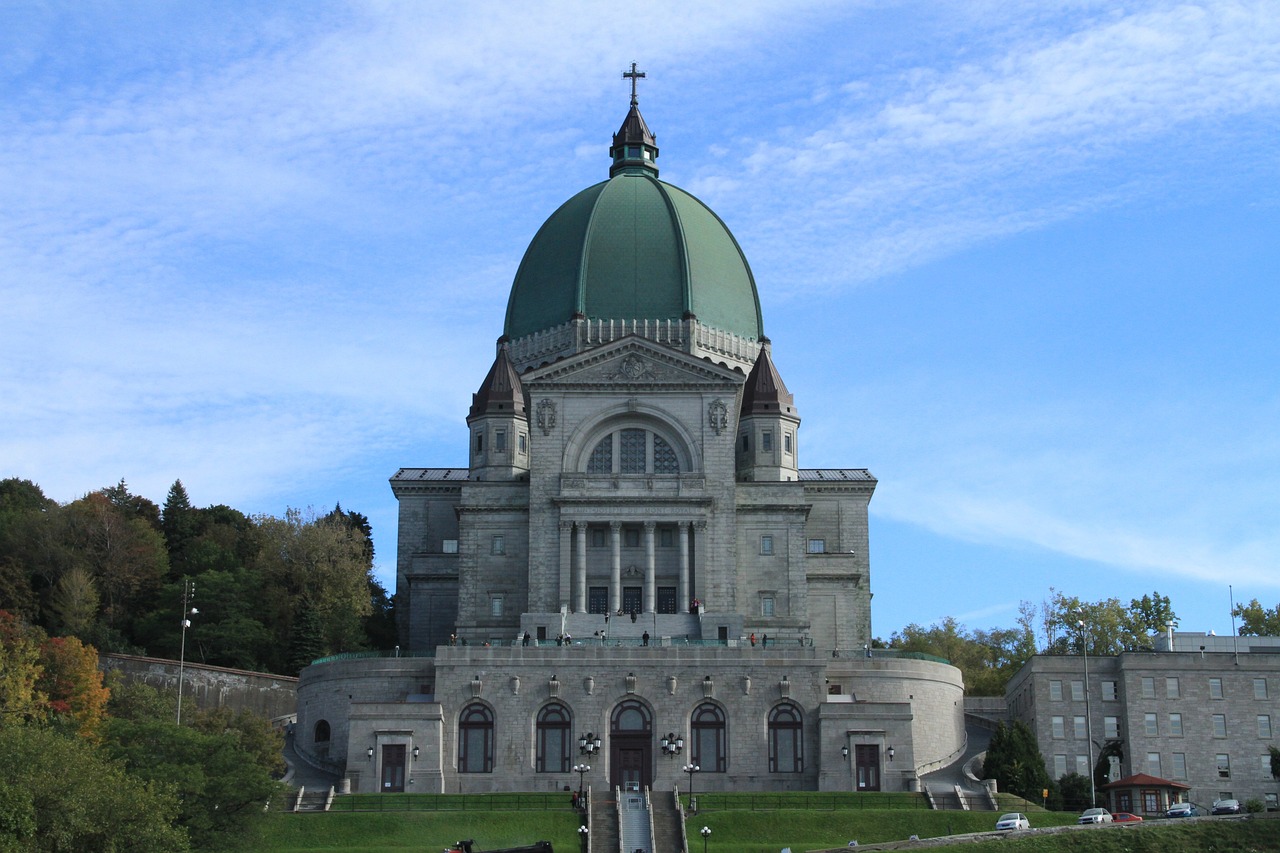
Sainte-Hélène Island
As you might have guessed, this “district” is not actually located on Montreal Island, but it’s easily accessible by metro (Jean Drapeau station). In my opinion, it’s a fantastic place to visit. The island is home to La Ronde, a Six Flags amusement park with thrilling rides, Parc Jean-Drapeau, which offers one of the best views of the Montreal skyline, and beautiful works of art such as Alexander Calder’s sculpture, Man. Additionally, you’ll find the Biosphère, an environmental museum with an incredible structure built for Expo 67, and the Lévis Tower, which provides a 360-degree observation deck.
The park also features a variety of walking and cycling trails. During the summer, the Piknik Électronik festival brings together top DJs from the electro scene. You can relax at Jean-Doré beach, go kayaking or canoeing in the Olympic basin, or take a stroll or bike ride around the Gilles Villeneuve F1 circuit. For those feeling lucky, the Casino de Montréal offers roulette and slot machines (and their lunch buffet is fantastic, by the way).
No matter where you’re staying, all these neighborhoods can be easily accessed by metro and bus, and exploring them on foot during the day is highly recommended.
That concludes my tour of Montreal’s neighborhoods. Generally, there are various types of guided tours available to explore the different districts of Montreal. Here are a few ideas:
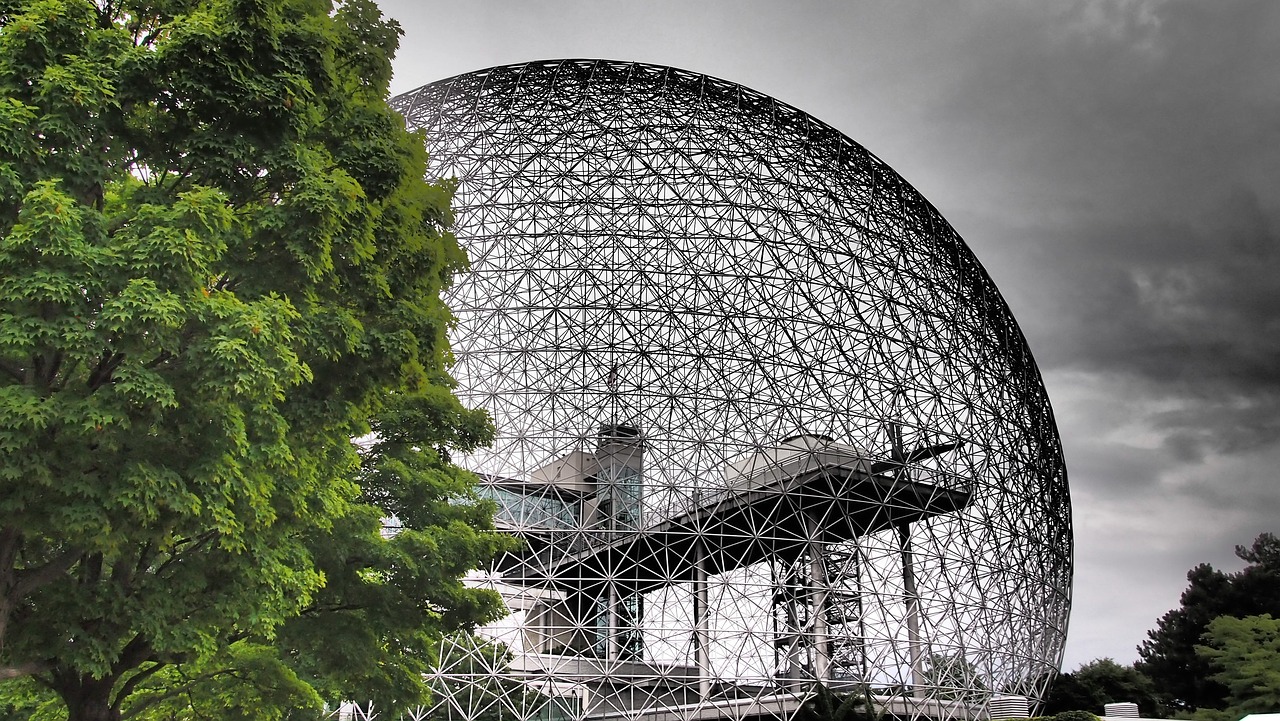
What to see in Montreal if you have limited time?
If you have just a few days (around two or three) to explore Montreal, here’s a short list of must-see attractions:
- Mount Royal Park: Visit the Mount Royal Cross and the Belvedere for a panoramic view of downtown.
- St. Joseph’s Oratory on Mount Royal: Enjoy an unobstructed view of Montreal from this location.
- Parc Jean-Drapeau: Experience the Montreal skyline, the Biosphère, and the Gilles Villeneuve circuit.
- Olympic Stadium: Discover the observation tower and the botanical garden.
- Jean-Talon Market: A must-visit for food enthusiasts.
- Old Harbour: Explore the Quai de l’Horloge and its observation tower, the Bonsecours market, the Pointe-à-Callières Museum, Place Jacques
- Cartier, the Ferris wheel, Notre-Dame de Montréal Basilica, Château Ramezay, and its museum.
- Sunset spots: Enjoy breathtaking sunsets at the Ville Marie Observatory (currently closed) or have dinner at the Enfants terribles restaurant. Alternatively, you can also visit the Olympic Park observation tower, Jarry Park, St. Joseph’s Oratory, or the Port of Montreal observation tower.
Of course, Montreal offers numerous other attractions, but we’ll save those for another time! If you’re in the neighbourhood, I invite you to discover the Charlevoix region!
Things to Do in Montreal
Things to Do in Montreal When It Rains
- Go shopping in Quebec’s largest underground network, spanning 32 kilometers of tunnels, which houses various shopping centers and food courts.
- Visit the Science Centre in the Old Port, especially if you have children to take care of.
- Explore museums, such as the Fine Arts Museum located in the city center, the Pointe-à-Callière Museum in the Old Port, and the Holocaust Museum.
- Indulge in a spa experience at Bota Bota in the Old Port, or try the Strom Spa and the Scandinave Spa.
- Experience the world’s largest Barbie exhibition, situated in the Cours Mont-Royal.
- Enjoy a movie at different cinemas: Beaubien Cinema for Quebec films with its charming vintage storefront, Scotia Cinema in downtown Montreal for English-language films, and Cinéplex in the Latin Quarter for French-language films.
- Delight in the local cuisine, with an abundance of restaurants representing diverse cultures throughout the city. You’re guaranteed to find something you’re looking for. When it comes to poutine, opinions differ, but I personally recommend visiting La Banquise. While some may consider it touristy, it’s where I’ve had the best poutine (everyone has their own preferences).
What activities can you do in Montreal for money?
Here are some paid options available within the city:
- Explore the Old Port: Enjoy a scenic cruise on the St. Lawrence River (I suggest three options: this one, this one, and this one), experience a thrilling speedboat ride called ‘saute moutons,’ or try zip-lining. You can also visit the Montréal Science Centre.
- Take a guided tour: Discover the city with a guided tour, either by bus or scooter. Both options offer an excellent way to explore Montreal.
- Take a guided tour: Discover the city with a guided tour, either by bus or scooter. Both options offer an excellent way to explore Montreal.
- Visit the Montreal Museum of Fine Arts: Immerse yourself in the artistic treasures at this renowned museum.
- Experience an immersive OASIS exhibition: Head to the Palais des congrès or the PHI Centre for an interactive and engaging exhibition.
- Explore the Montreal Biodome and enjoy the view from the Olympic Park Tower: Get up close with various ecosystems and marvel at the cityscape from the tower.
- Attend a concert at the Bell Centre: Catch a live music performance in this popular venue.
- Watch a Montreal football game at Saputo Stadium: Cheer on your favorite team in a thrilling football match.
- Attend a Montreal Alouettes football game: Immerse yourself in the excitement of Canadian football with a game featuring the Montreal Alouettes.
- Experience a Montreal Canadiens hockey game: Witness the fast-paced action of ice hockey by attending a Montreal Canadiens game.
- Enjoy an improv or stand-up comedy show: Visit a bar or the Le Bordel comédie club for a night of laughter and entertainment.
- Relax in a speakeasy or jazz club: Unwind and savor the atmosphere with a drink at one of Montreal’s hidden speakeasies or vibrant jazz clubs.
These suggestions provide just a glimpse of the many things you can do in Montreal. There are plenty more options to explore and enjoy!
Check out our full guide to the best dog sledding spots in Quebec if you’re visiting Montreal in the winter!

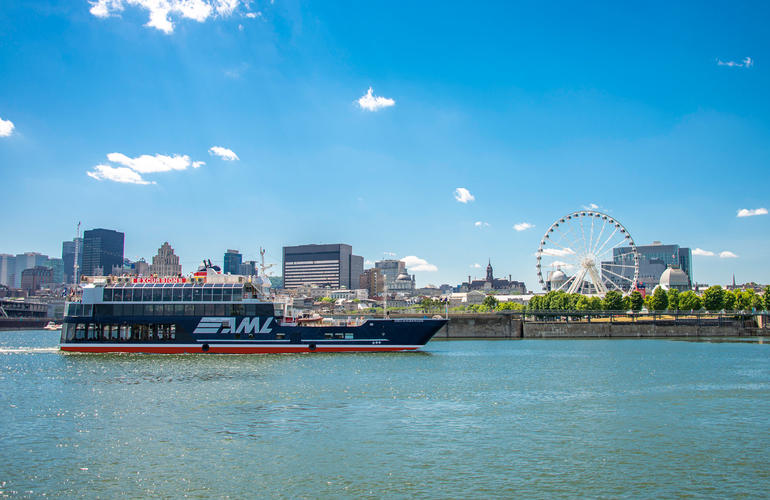
Some suggestions for dining out in Montreal
Here are a few recommendations of must-visit places while exploring different neighborhoods in Montreal. Keep in mind that this list is not exhaustive, and there might be a future article covering this topic. For a quick and affordable meal, consider:
- Saint Viateur Bagel or La Panthère Verte (vegan/vegetarian option) in the Plateau Mont-Royal.
- Drogheria Fine in Mile End, where you can enjoy delicious and satisfying Gnocchi for only $5.
- Schwartz’s Deli on Saint-Laurent, renowned for their smoked meat sandwiches, which are a must-try in Montreal.
- La Banquise or Patati Patata on the Plateau, famous for their poutine, a must-try local dish.
- Treat yourself to a beavertail in the Old Port. It’s a sugary delight that’s simply irresistible.
- Take a break at the trendy food court in the city center, located at the Eaton Centre.
Do you have any other recommendations? Let me know in the comments!
What to do in Montreal?
In the future articles, I will continue to write about Montreal and its surrounding areas. However, if you have some time to explore the nearby regions within an hour’s drive of Montreal, I recommend:
- Boucherville Islands National Park: A peaceful sanctuary composed of multiple islands in the heart of the St. Lawrence River. Enjoy scenic hiking and biking trails, as well as kayaking and canoeing. During winter, experience fat biking or snowshoeing on the Îles-de-Boucherville.
- OKA National Park: During summer, unwind and cool off at the beach and lake. In winter, explore the cross-country skiing and snowshoeing trails.
- Mirabel Outlets: Just a 45-minute drive away, discover more than 80 renowned brand name and designer boutiques in one convenient location, offering warehouse prices. Shop to your heart’s content without breaking the bank.
- Cap Saint-Jacques Nature Park: Situated on the West Island, this is Montreal’s largest park. Take leisurely walks, bike rides, swim, or even camp here while enjoying the invigorating fresh air.
- René-Lévesque Park: Apart from its cycling and hiking trails, this park provides a breathtaking panoramic view of the St. Lawrence River, making it an ideal spot to witness stunning sunsets.
Visiting Montreal - Practical Tips
Here’s everything you need to know when visiting Montreal.
General Information
- Official Languages: French and English.
- Time Difference: The time difference between Paris and Montreal is 6 hours. For example, if it’s 3 PM in Paris, it will be 9 AM in Montreal.
- Flight Duration from Paris: A direct flight from Paris to Montreal takes approximately 7 hours and 45 minutes.
- Currency: The currency used in Montreal is the Canadian dollar. On average, 1 euro is equivalent to 1.5 Canadian dollars, but this may vary due to daily exchange rates.
- Taxes and Gratuities: In Quebec, prices do not include taxes. Whether you’re shopping at a grocery store or dining at a restaurant, the final bill will be different (which can be surprising for Europeans). In addition to the final bill at a restaurant, it is customary to leave a tip. In Canada, the average tip is 15% of the bill amount before tax.
- Telephone Network: For visitors from France, the FREE or SFR operators offer mobile data packages that work in Canada. This is very convenient and practical when exploring the province.
- Safety: Montreal is a very safe city. Like any other large city, it has its ups and downs, but in the five years I’ve been here, I’ve always felt safe. Just like anywhere else, trust your instincts, mind your own business, and you’ll be fine.
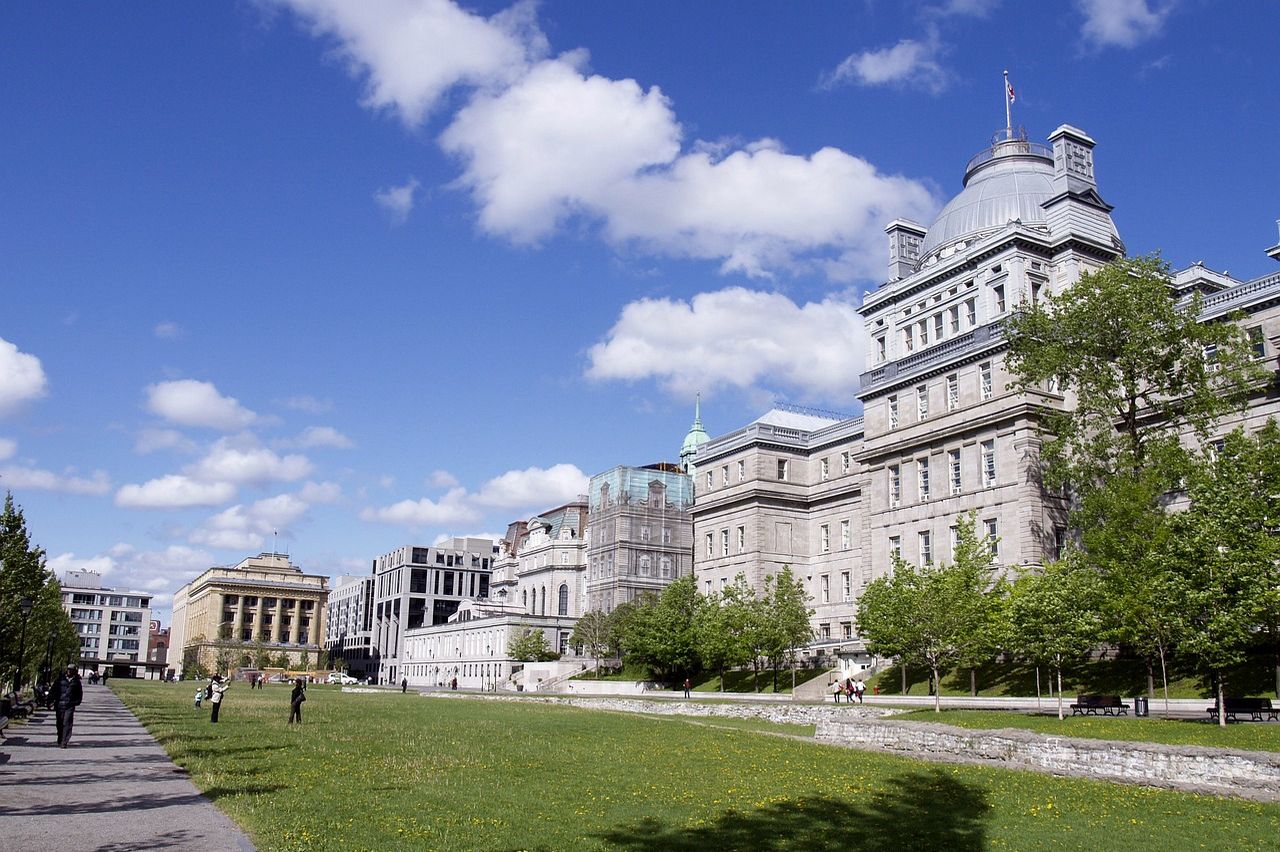
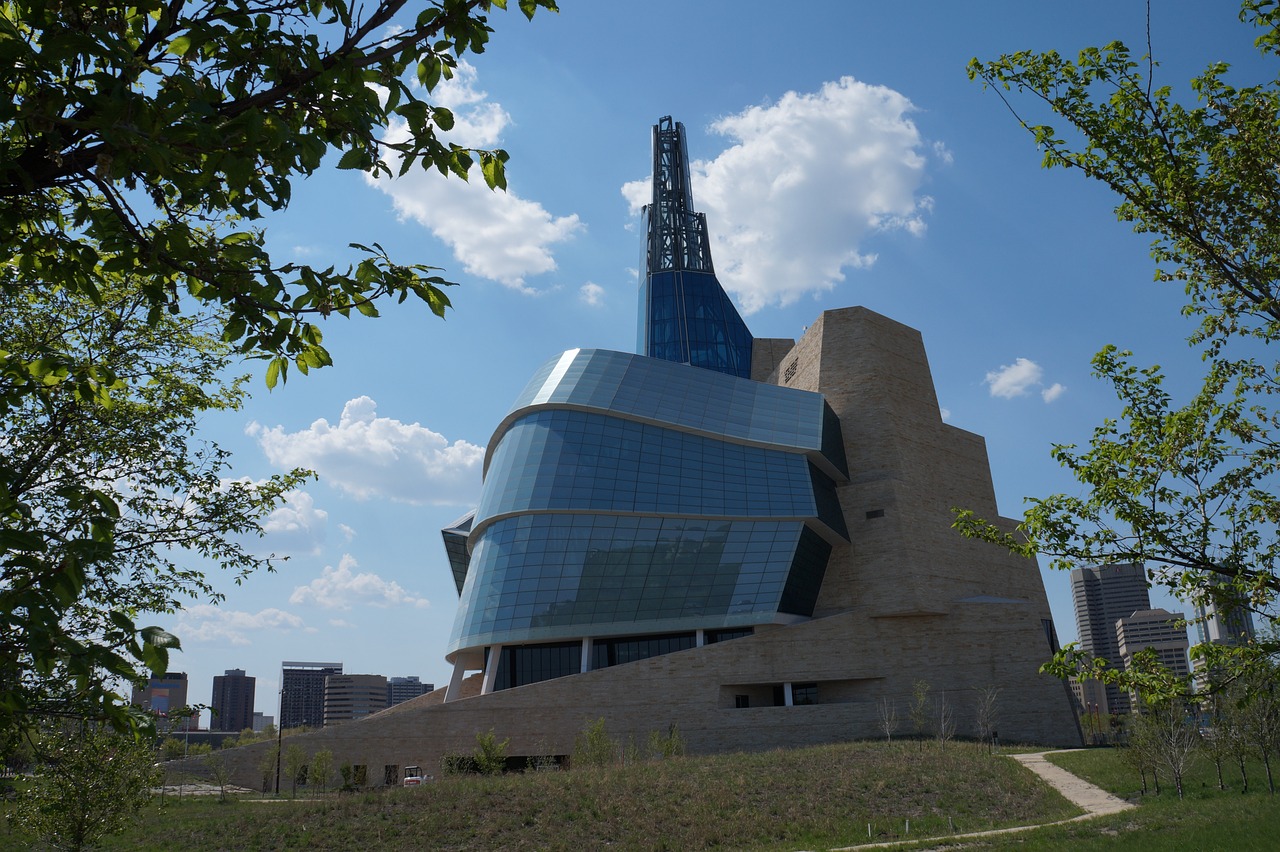
How can I reach Montreal?
The method of transportation depends on your departure location. If you’re flying in, you’ll arrive at Montreal’s Pierre Elliott Trudeau International Airport, which offers the most affordable flights from Paris.
Transportation options: Once you’re at the airport, you have a few choices. You can opt for a taxi or an Uber (with an approximate cost of $40 CAD for downtown), or you can take the convenient shuttle service called the 747. The shuttle will directly transport you to either Berri Uqam (downtown) or Lionel-Groulx (further west) metro stations. A shuttle ticket costs $11 CAD (this amount is subject to an annual increase in July), and you’ll find the STM service terminals conveniently located inside the airport, just outside the arrivals area.
Administrative requirements: As with any trip, ensure that your passport is valid and apply for a travel authorization (AVE) a few days before your departure.
Where should you stay in Montreal?
For simplicity, here are a few suggestions for places to stay near the Old Port / Old Montreal to help you plan your visit. However, this is just a small selection. Montreal offers a wide range of accommodation options in terms of style and price, such as hostels, hotels, and Airbnb. Feel free to conduct your own research as well. Here are some ideas:
- Auberge Saint-Paul: A youth hostel located in the Old Port that provides affordable private and shared rooms. It features an outdoor terrace and a shared kitchen.
- Hôtel Bonaparte: A boutique hotel in Montreal’s Old Port that offers elegant and comfortable rooms at affordable prices.
- Le Petit Hôtel: A charming European-style hotel situated in Old Montreal, close to the Old Port. The rooms are elegant and comfortable, and breakfast is included.
- Auberge du Vieux-Port: A converted 19th-century warehouse turned into an inn, situated on the Old Port of Montreal. This historic inn offers spacious and comfortable rooms and features an on-site bar and restaurant.
- Hôtel Nelligan: A luxury boutique hotel in Old Montreal that provides elegant and comfortable rooms. It also has an on-site bar and restaurant.
Of course, since I know Montreal like the back of my hand (well, almost, haha), I’ve set out to write a much more comprehensive guide to where to sleep in Montreal. I’ll tell you which neighbourhood to choose (and why) and give you my best addresses (for all budgets).
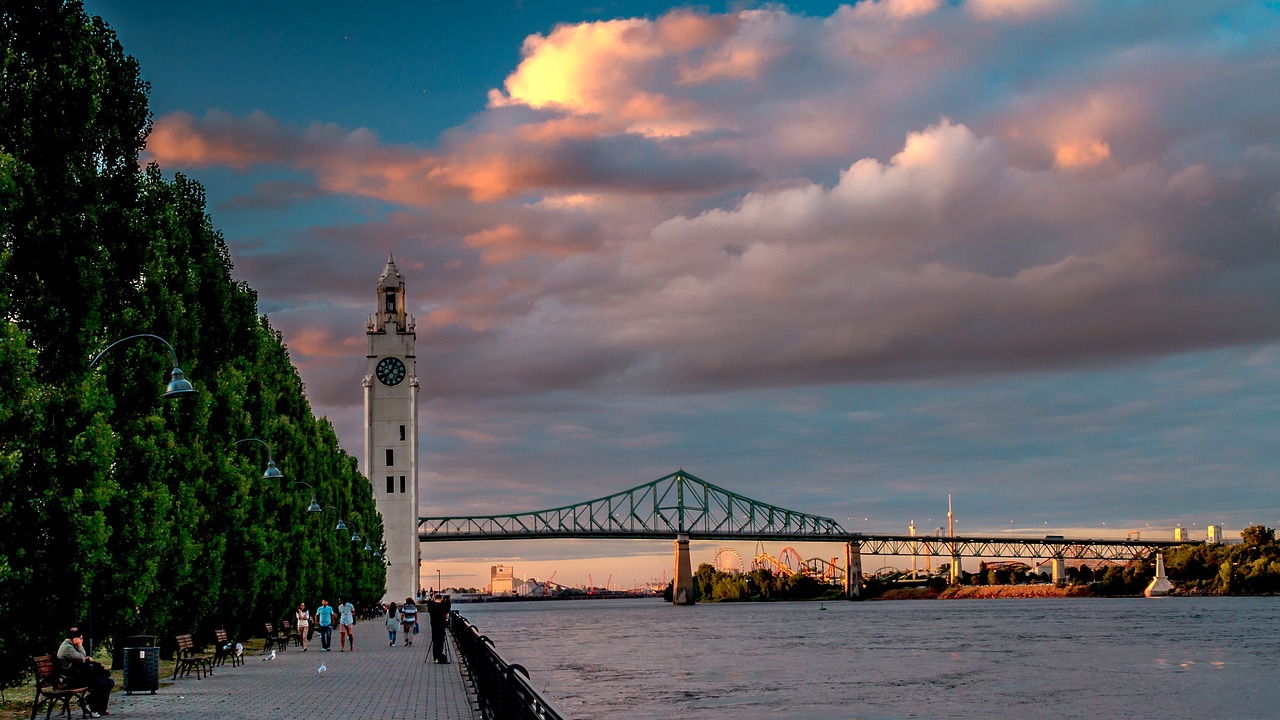
Getting Around Montreal
- By Car: Parking in the downtown area is metered, and finding parking in other areas can be challenging. Fortunately, there are numerous taxis and Uber services available in Montreal to transport you wherever you need to go. For those seeking independence, there’s Communauto, a car-sharing service. Sign up and install the app before your arrival in Montreal. You can easily compare prices and rent a car through DiscoverCars.
- By Public Transport: The STM operates the bus and metro network that covers the entire city of Montreal. To plan your route, simply use Google Maps or the Traffic application and enter your desired destination. A metro/bus ticket costs CAD$3.50 (full fare – price revised every July). You can purchase a rechargeable OPUS card (cost: $6 CAD) to avail of one-day, three-day, or ten-ride passes. Visit one of the ticket offices at subway stations to obtain your OPUS card.
- On Foot: Exploring any neighborhood on foot is a breeze. However, make sure to wear your most comfortable shoes as you’ll be walking an average of 15 to 20 km per day.
- By Bike: Montreal is a fantastic city for cycling enthusiasts. With its extensive network of 901 km of bike lanes, navigating the streets, parks, and waterfront is a breeze. BIXI, the City of Montreal’s self-service bike system, provides bike rentals with nearly 800 stations located throughout the city. Using the mobile app, you can easily locate stations, check the availability of electric or regular bikes, and unlock them when needed. In my opinion, it’s the ideal way to explore Montreal during the summer.
Here we are, at the end of this article, providing you with a comprehensive guide to Montreal. Congratulations to all who made it to the end! As evident from this article, I have truly fallen in love with Montreal. It is a stunning city, brimming with culture. My hope is that I have ignited your desire to come and explore. It’s important to note that while this guide is filled with information, it does not cover everything. Despite living here for five years, I still have many unexplored gems awaiting me. If you have any interest in other topics related to Montreal or Quebec, please feel free to let me know in the comments. I plan to write more about Montreal and its surroundings with Sylvain. If you have any ideas for articles written by a local (or someone nearly local), I would love to hear from you in the comments!
Meanwhile, if you’d like to uncover more about Canada, I invite you to visit Gros Morne National Park on the island of Newfoundland. Sylvain and his family had the opportunity to explore this region for a month last year. I’m confident it will inspire you with ideas for future trips.
Until next time!
